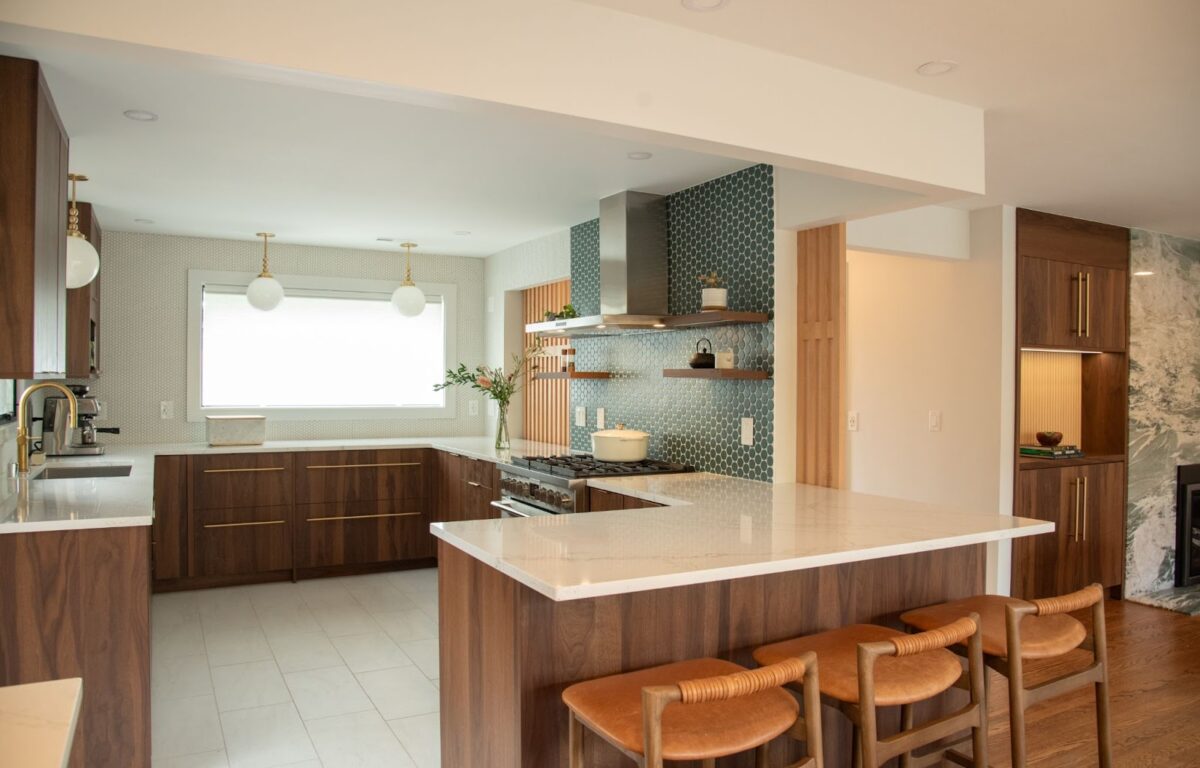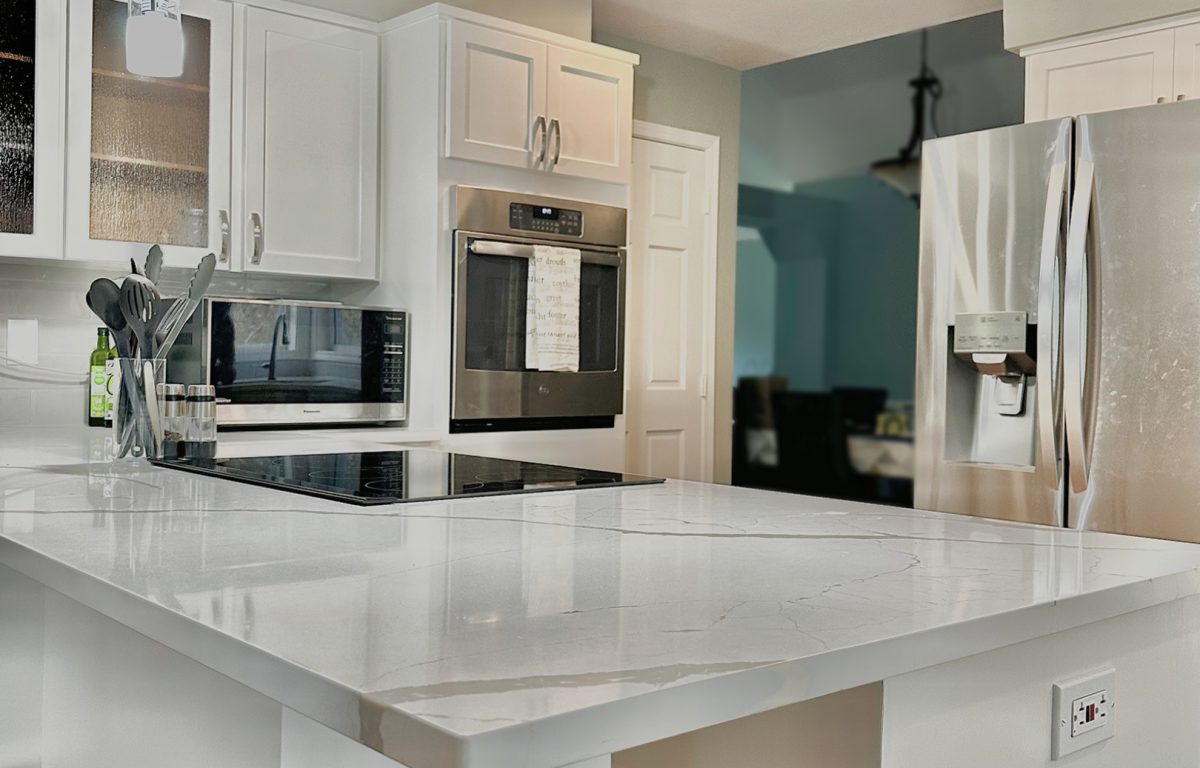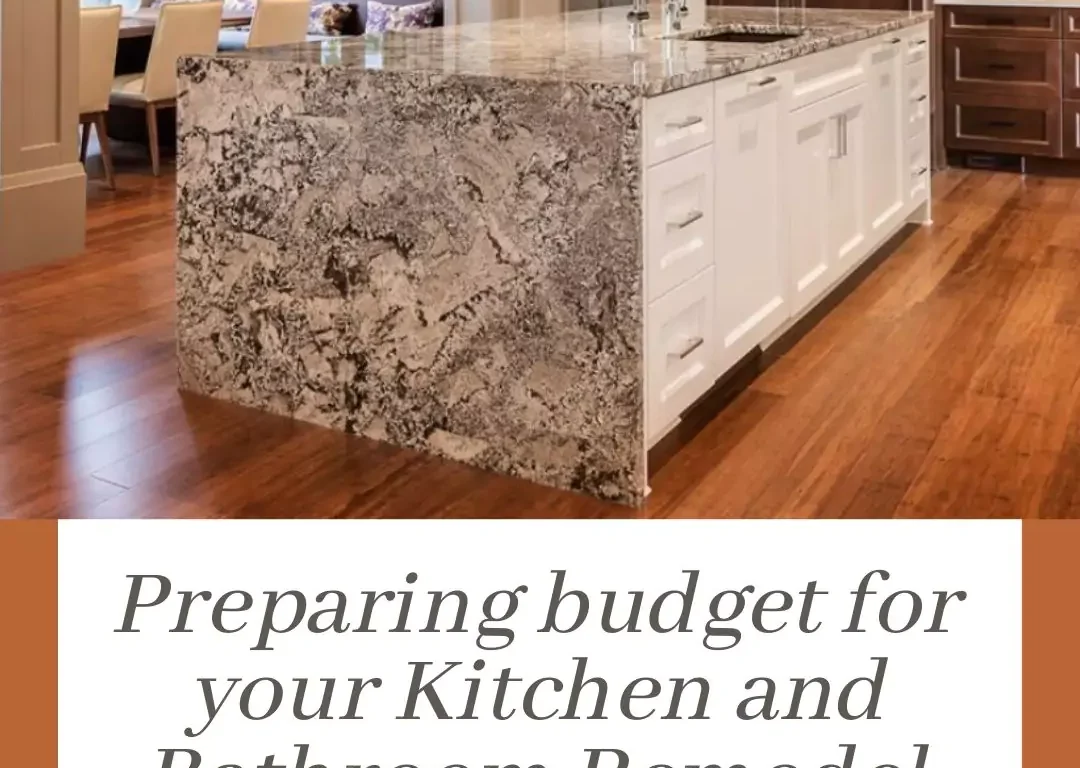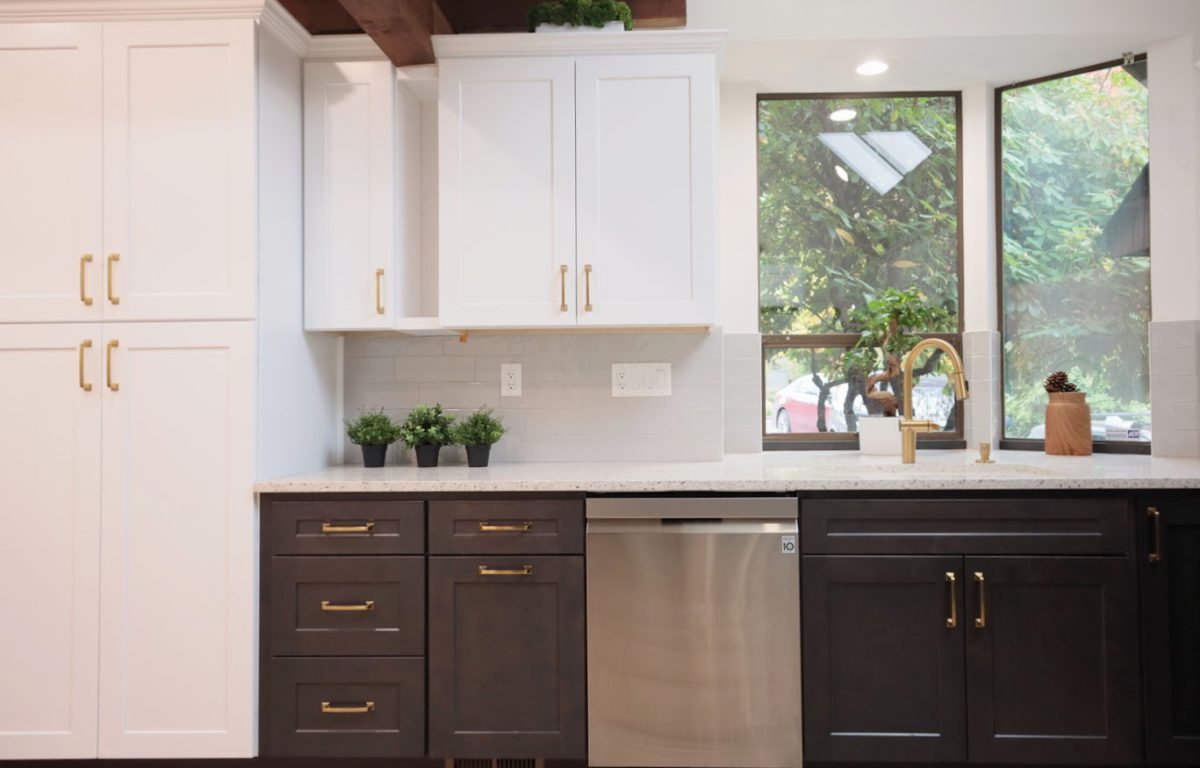
Most people assume a renovation and a remodel mean the same thing. Contractors, designers, and homeowners use both terms interchangeably when talking about home upgrades, but they actually refer to different types of projects.
Renovation focuses on restoring or refreshing a space without changing its structure, while remodeling involves altering the layout or functionality of a room. The difference affects cost, timeline, permits, and the overall impact on a home’s value. Homeowners planning a project should understand the distinction between the two to set realistic budgets, timelines, and expectations.
What Is a Renovation?
Renovation refers to upgrading or restoring an existing space while maintaining its original structure and layout. It focuses on improving aesthetics, replacing worn-out materials, and updating outdated features without making structural modifications.
Renovations focus on surface-level improvements that modernize a space while keeping its foundation intact. For instance, a kitchen renovation might include installing new countertops, refinishing cabinet surfaces, and adding kitchen cabinet accessories to maximize storage space. The overall layout, including appliance and sink placement, remains the same.
Many homeowners choose renovation projects to increase home value, refresh aging interiors, or improve energy efficiency through upgrades like better insulation and new windows. Other common renovation examples include:
- Repainting walls and ceilings for a modern look
- Refinishing hardwood floors or replacing worn-out carpets
- Updating cabinet doors and hardware without changing the cabinet structure
- Installing energy-efficient windows for improved insulation
- Replacing outdated bathroom countertops and vanities
What Is a Remodel?
A remodel changes the structure, layout, or function of a space. Unlike renovations, which focus on surface updates, remodeling involves modifying walls, plumbing, electrical systems, or room configurations. These changes often require construction work, specialized labor, and permits. Remodeling projects are more complex and typically take longer to complete.
Many remodels focus on improving functionality or expanding space. It’s also common for a remodel to alter how a space is used, even if the layout remains unchanged. A custom kitchen remodel allows homeowners to add custom cabinets and islands with built-in plumbing, while a bathroom remodel can accommodate larger showers and upgraded fixtures. Other common remodeling examples include:
- Removing walls to create an open-concept kitchen
- Changing a bathroom layout for a tub-to-shower conversion
- Relocating electrical wiring or plumbing to accommodate a new layout
- Converting a basement into a fully functional living space
- Raising ceilings or adding skylights to improve lighting and airflow
Cost Comparison: Renovation vs. Remodel
Renovation and remodeling costs depend on scope, materials, labor, and permits. Renovations refresh existing spaces and generally cost $15 to $60 per square foot, while remodels involve structural changes and cost $100 to $150 per square foot. High-end remodels with custom finishes and structural modifications can exceed $250 per square foot. Larger homes and premium real estate locations can also drive prices higher.
Homeowners can expect to spend between $20,000 and $75,000 on renovations, covering updates like flooring, paint, cabinets, and minor electrical or plumbing work. DIY work can help reduce costs, especially for painting, light fixture replacements, and basic installations.
Remodels, on the other hand, range from $40,000 to $150,000, depending on the complexity of the project and the materials used. Unforeseen repairs for water damage, outdated wiring, or hidden structural issues can increase costs. Having a clear budget and working with a professional contractor can help homeowners avoid cost overruns and plan projects effectively.
At Kitchen & More, our remodeling services are tailored to different needs and budgets. Kitchen renovations range from $55,000 to $95,000, while partial upgrades start at $15,000. We also specialize in complete bathroom remodeling projects, with primary bathroom remodels starting at $55,000 and luxury upgrades from $90,000. Our team ensures seamless execution from design to installation.
How to Decide If You Need a Renovation or a Remodel?
Choose a renovation if:
- Surfaces are worn or outdated, but the structure and layout remain functional.
- Budget is a priority, and you need a cost-effective way to refresh the space.
- You plan to sell soon and want to maximize return on investment without major construction.
- Energy efficiency can be improved with new windows, insulation, or updated appliances without reworking structural elements.
Choose a remodel if:
- The existing layout is inefficient, and reconfiguring the space would improve flow and usability.
- Storage is lacking, and you need built-ins, larger closets, or an expanded footprint.
- Major systems such as plumbing, electrical, or HVAC need upgrades, and it makes sense to rework the layout simultaneously.
- You want to create a custom home experience with features like an open-concept kitchen, a spa-like bathroom, or a basement conversion.
Below are some key questions to ask yourself before making a decision:
- What is my budget? Renovations are usually 50-75% cheaper than remodels.
- How long do I plan to stay in this home? Short-term owners benefit more from a renovation, while long-term homeowners may prefer remodeling.
- Does my home have functional issues? If storage, layout, or efficiency are daily problems, a remodel makes more sense.
Do You Need Permits?
Permit requirements depend on the scope of work and local building codes in your area.
Renovations usually avoid permitting if they involve painting, flooring, cabinet refacing, or fixture replacements. However, some renovations, such as window replacements, new roofing, or exterior siding, may require approval depending on local regulations.
Remodels almost always require permits, especially when projects alter the home’s structure, electrical system, plumbing, or load-bearing walls. Homeowners must also comply with zoning laws and HOA restrictions where applicable.
Who Should Handle Your Project?
Large remodels require multiple trades and a well-managed timeline, while smaller renovations may be easier to handle independently.
For major remodels, a general contractor oversees the entire project, hiring and coordinating subcontractors such as electricians, plumbers, and drywall installers. This approach streamlines the process and ensures work is completed efficiently and up to code. If structural changes are involved, hiring a general contractor is the best option.
Before hiring a contractor, be prepared with a list of questions to ask to ensure you are selecting the right professional for the job. Key considerations include verifying licensing, insurance, experience with similar projects, and subcontractor management. A reliable contractor should also provide a detailed contract outlining the scope of work, payment schedule, and warranty information.
For smaller renovations, such as painting, flooring installation, or fixture replacements, hiring individual subcontractors can reduce costs. However, managing schedules, permits, and material selection falls on the homeowner. DIY work can help offset costs but demands a solid understanding of materials, power tools, and safety protocols. DIYers taking on renovations should be prepared for unexpected challenges, including material delays and hidden structural issues.
At Kitchen & More, we specialize in every trade, from custom cabinetry and countertops to shower glass and tile work. Though we are considered a general contractor, there is nothing general about us. You can count on us to handle every aspect of your kitchen or bath remodel with direct oversight, ensuring smooth coordination between trades and eliminating outsourcing delays.
Renovation vs. Remodel: Side-by-Side Comparison
Renovation and remodeling serve different purposes and impact a home in distinct ways. Renovations focus on updating and restoring existing spaces, while remodeling involves structural modifications that change how a space functions. Costs, timelines, and permit requirements vary, making it important to choose the right approach based on project goals.
Here’s a detailed comparison to help homeowners understand the key differences:
| Renovation | Remodel | |
| Definition | Cosmetic updates, refreshing the look | Structural changes, altering the function of a space |
| Cost | $10-$60 per sq. ft. (lower overall costs) | $100-$150 per sq. ft. (higher due to labor & permits) |
| Time Required | A few days to weeks | Weeks to months, depending on project scope |
| Permits Required? | Sometimes (if major work is done) | Almost always required for structural changes |
| Impact on Home Value | Moderate, often higher ROI due to lower investment | High, but ROI varies based on project scale |
| Common Materials Used | Paint, flooring, tiles, cabinetry refinishing | Framing, drywall, plumbing, electrical work |
| Level of Labor | Can be DIY-friendly or require a handyman | Requires licensed professionals and contractors |
| Long-Term Maintenance | Less frequent, mainly upkeep of surfaces | May require future maintenance due to structural changes |
| Resale Attractiveness | More appealing to buyers looking for move-in-ready homes | More appealing to buyers seeking modern, customized spaces |
| Examples | Repainting cabinets, updating fixtures | Knocking down a wall, reconfiguring kitchen layout |
Get the Help You Can Rely On
Talking with a qualified contractor is the first step to take when you’re ready for a renovation or a remodel. At Kitchen & More, we provide full-service remodeling solutions, handling design, materials, and construction for kitchens and bathrooms. We oversee every aspect of your remodel in-house, ensuring consistent quality and precise execution.
Our design team assesses your daily routines, storage needs, and aesthetic preferences, creating kitchens and bathrooms that maximize efficiency, durability, and visual appeal. We maintain transparent communication, providing regular updates on timelines, material availability, and progress to eliminate guesswork. Whether you need a kitchen reconfiguration with built-in storage solutions or a bathroom remodel with custom-tiled showers and premium fixtures, our team delivers meticulous construction, seamless finishes, and expertly integrated design elements. Schedule a free in-home consultation with Kitchen & More to start your remodeling project today!





